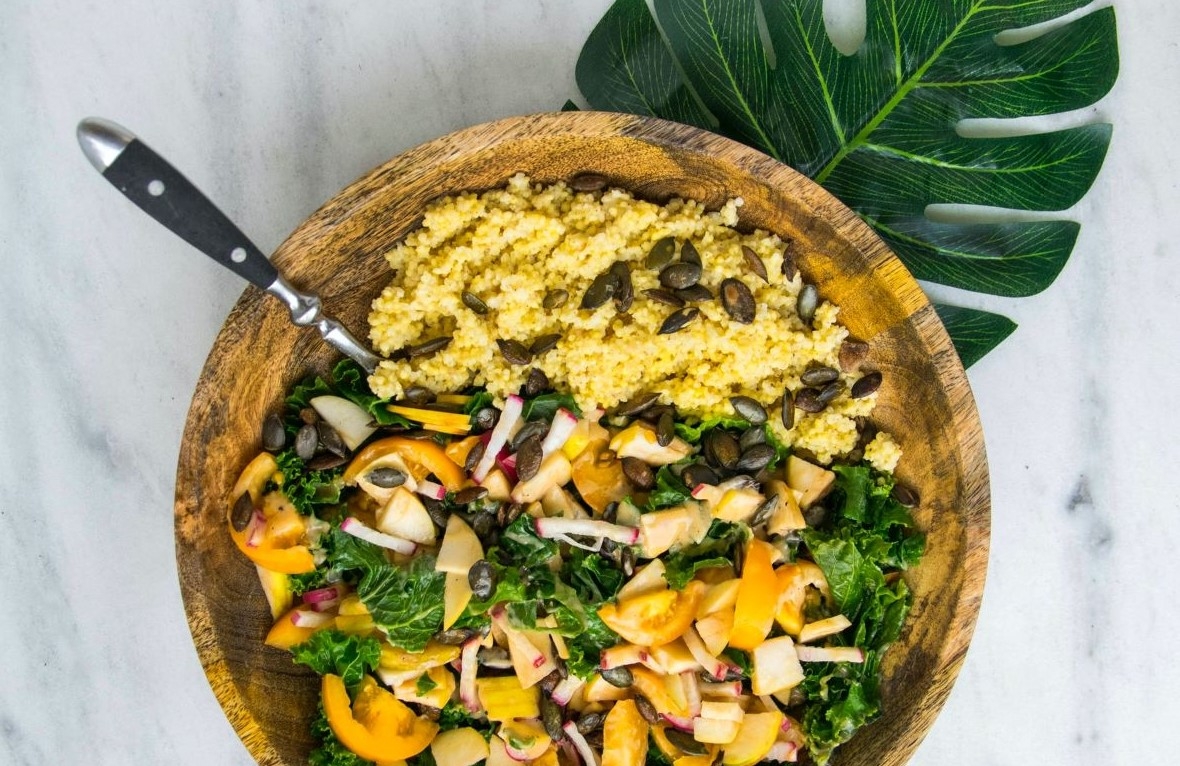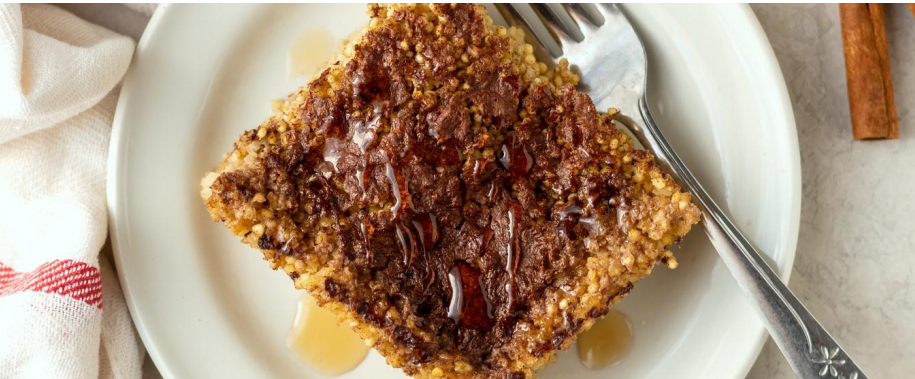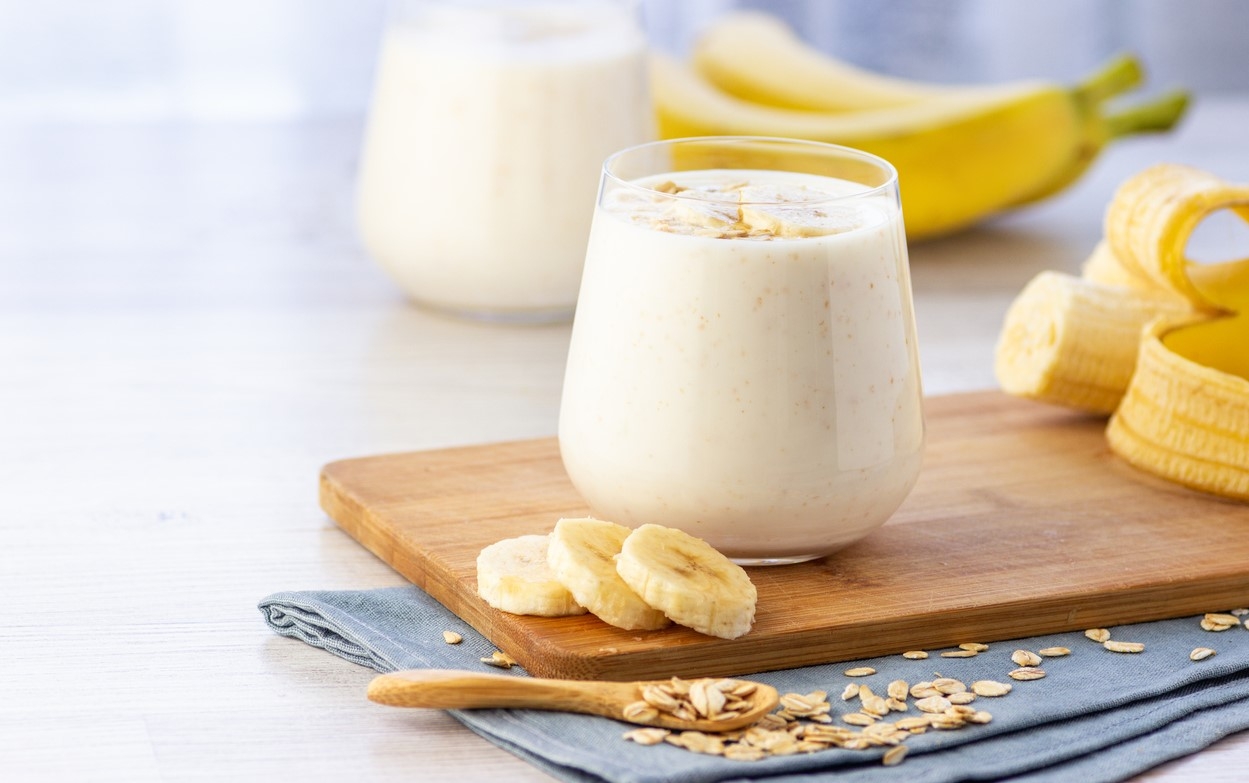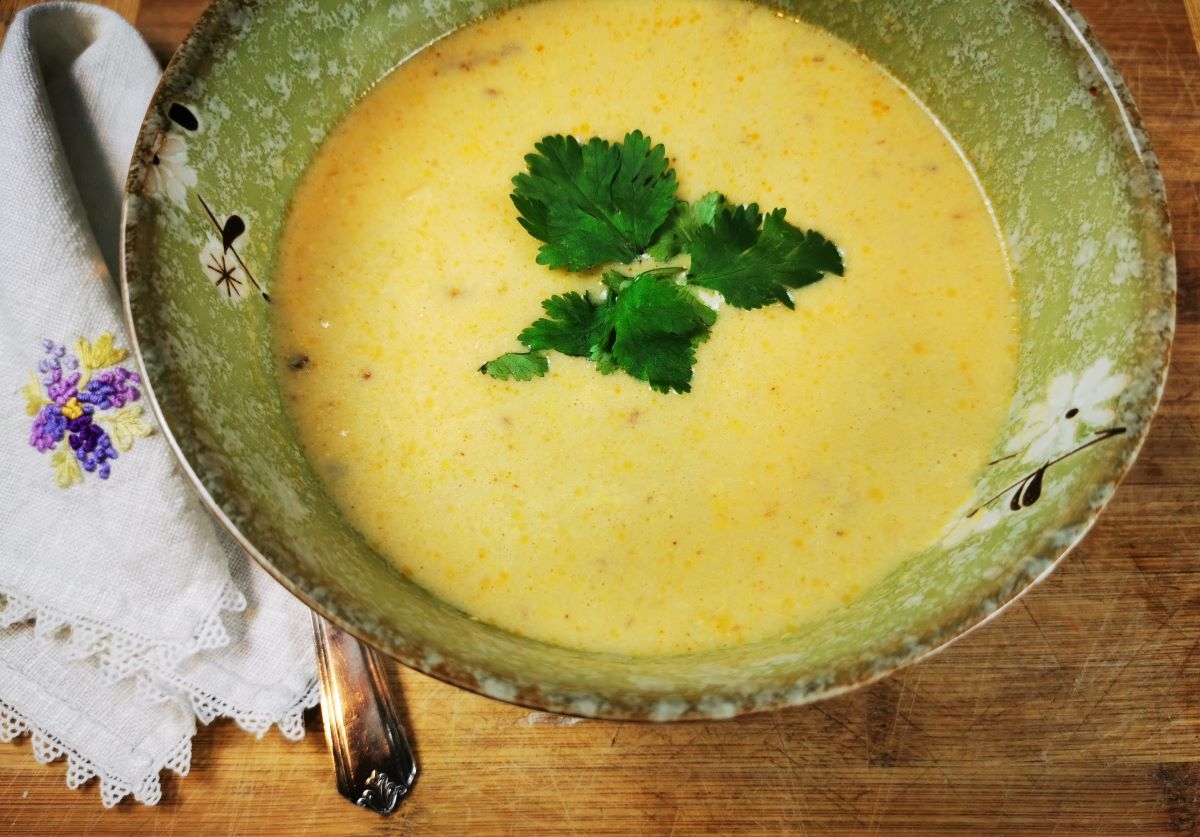
Millet – not just for the birds!
Above: A little-known grain, millet is a healthy alternative to rice.
In North America millet is mainly used for bird food and is not something people eat very often, if at all. But, there are many health benefits that can be gained by including this amazing little grain in your diet. It's handy to have in the pantry to mix things up when potatoes, rice or pasta seem to be the only choice.
Millet in theory is considered a grass however because of its culinary properties, millet is generally referred to as a grain. In Asia, Africa, and Northern Europe millet is considered a staple in people’s diet, where it is used in a variety of ways.
With the levels of type 2 diabetes increasing and considering that November is diabetes awareness month, millet is the grain to have in your pantry for individuals who are pre-diabetics and diabetics, as not only is it a whole grain that provides a steady source of energy, it also has enzymes which make the body more sensitive to insulin, therefore it will help to stabilize and maintain blood sugar levels. For those people who are gluten intolerant or coeliac and may feel that they are limited in the grains that they can eat, millet is most definitely gluten free and can be added to their diets without any concerns.
Millet is full of magnesium, copper and phosphorus, so for those who suffer from high blood pressure, magnesium is your friend as this mineral helps to relax blood vessels walls, and therefore can help to lower blood pressure. The copper content in millet will also support your body in improving its metabolism and the phosphorus is an essential mineral when considering the health of our bones and teeth. Phosphorus also plays a role in helping the body to make better use of the fats, carbohydrates, and proteins that we consume daily. It is also a great source of fiber so not only does it support and improve your gut health — helping your body make better use of the food you eat but fiber, as some of you may already know, plays a role in removing excess cholesterol that you might have in your diet.
So, now that you know how millet can improve your health, let us look at the different ways that you can put it to use in the kitchen!

As a grain, it can replace rice as a side dish, alternatively, it can easily be added to soups and stews to give them that little extra flavour. If you do end up cooking a little too much, keep those leftovers in the fridge and they can be added to a batch of cookies, waffles, or pancakes, giving them a little more bulk. Cooked millet can also be used as breadcrumbs for chicken nuggets, can be added to veggie or meat burgers, it can even be used as a breakfast porridge or this millet cinnamon breakfast cake is one of my go to recipes during the winter, it is so simple to put together, you can always add a few of your favourite nuts to the mixture, and once cooked top it with some plain yogurt and fresh fruit, to make it a delicious breakfast. Once you start cooking with millet, you'll realise just how versatile and tasty it is.
Find millet with other grains at your favourite health food store, or check your local grocery stores as some are starting to carry millet. Once open millet is best stores in a dark, dry pantry for several months. It can turn rancid, so please check it if you have not used it in a while. Alternatively, it can be frozen for up to a year.
Header Photo: Jo Sonn, Unsplash







